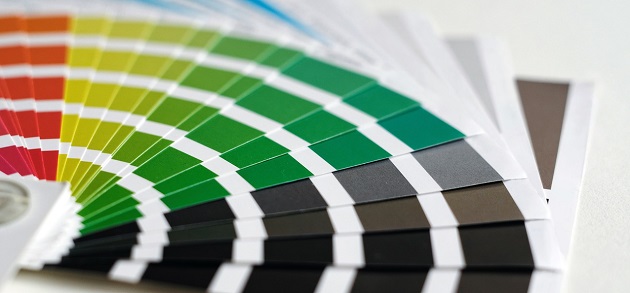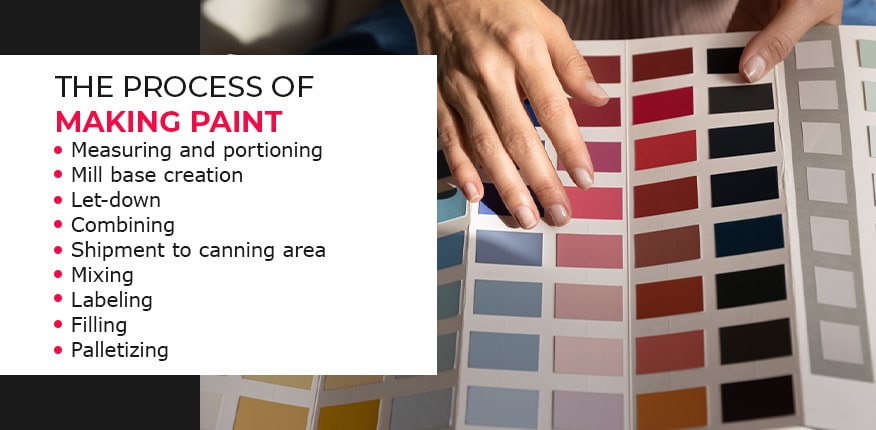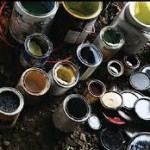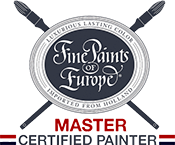How Is Paint Made?
June 26, 2023

Paint has been used for thousands of years to add color to our surroundings, and there are many fascinating details and characteristics of paint — from its wide range of colors and texture options to how paint manages to maintain its beauty for years. Whether you’re a painter or simply curious about how things work, you may have wondered about how paint is made.

The Process of Making Paint
The paint-making process is complex. It involves several steps and requires a variety of different materials to produce a high-quality product. Here is how paint is made in factories:
- Measuring and portioning: The first part of the paint manufacturing process is measuring the ingredients and portioning them by bulk weight or volume in large vats to make the base. The scales used to calculate the ingredients must be very precise to ensure accurate proportions.
- Mill base creation: The mill base is created by breaking down pigment particles and dispersing them, forming a dry substance.
- Let-down: In a separate large vat, the remaining paint ingredients — solvent, resin and additives — are mixed together in a process called the let-down. The ingredients in the let-down give the paint various properties from being adhesive to mold resistance.
- Combining: Once the let-down and mill base are completed, they are combined and mixed together by stirring.
- Shipment to canning area: The ingredients are tested throughout every stage of paint production to ensure everything meets appropriate standards and specifications. Once the final sample has been approved, it is prepared for canning. The prepared ingredients are delivered to the canning area. Dry products are transported into the receiving area of a warehouse, while liquid materials are piped into storage silos.
- Mixing: The materials are combined and mixed in the large tanks to create paint.
- Labeling: Empty cans that arrive at the factory are run through machines to place labels on them. The labels usually contain information about the paint, the manufacturer and other essential details.
- Filling: Paint-filling machines dispense paint into cans of various sizes, from one-gallon cans to five-gallon cans.
- Palletizing: The cans are sealed with lids that prevent the paint from dying or spilling. Afterward, the cans are boxed and then stacked up on pallets for shipping.
Contact Shoreline Painting Today
At Shoreline Painting, we have decades of experience providing homeowners with outstanding painting services using luxurious paints in beautiful tones and shades. Get in touch with our team to get started today!
Recent Posts











